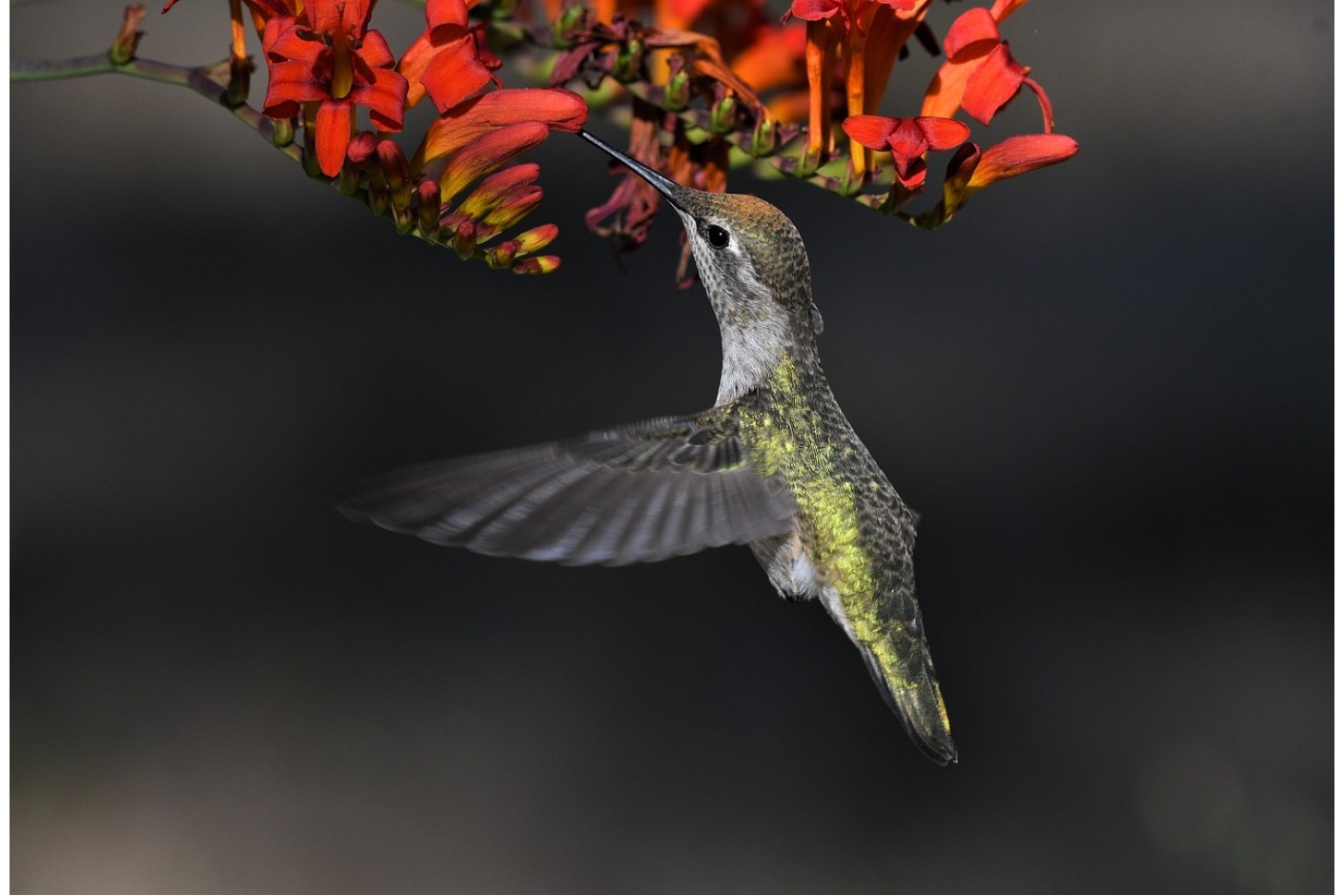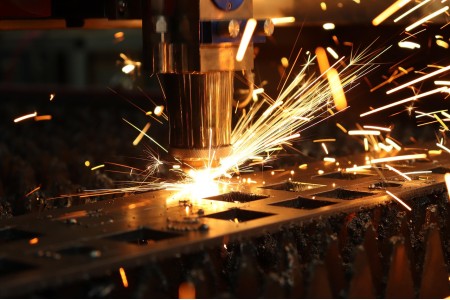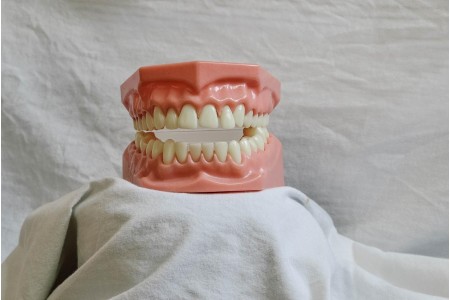How To Choose The Right Bird Shooting Lens?

Bird shooting lenses generally refer to telephoto lenses used for wildlife photography, especially bird photography. This telephoto lens allows the photographer to photograph wildlife from a safe distance without disturbing the animal.
How to choose the right bird shooting lens?
There are several key factors to consider when choosing the right bird shooting lens:
Focal length
Focal length is one of the most important factors to consider when choosing a bird shooting lens. For bird photography, the lens you choose needs to have a focal length of at least 400mm, but more commonly 500mm or longer. Long focal lengths allow you to get closer to distant objects and capture more detail, but they also increase the weight and bulk of the lens.
Focus speed
Fast and accurate autofocus is very important for capturing fast-moving birds. When choosing a bird-shooting lens, you need to look for a lens with good focusing performance and low-light focusing capabilities.

How to choose a bird shooting lens
Aperture
Another important factor to consider when choosing a bird shooting lens is aperture. A wide aperture (low f-number) allows more light into the lens, which is very useful in low-light environments, allowing for faster shutter speeds and less image blur. However, wide aperture lenses are usually heavier and more expensive.
Lens weight and volume
Telephoto lenses tend to be heavier and larger than standard lenses. If you plan on shooting handheld for long periods of time or need to travel far away to shoot, portability may be an important factor to consider.

Factors to consider when choosing a bird-shooting lens
Stabilizing the system
Image stabilization is an important factor to consider when using a telephoto lens, as it can help reduce blur caused by hand shake and allow photographers to shoot at slower shutter speeds without sacrificing image quality.
Budget
Budget is also one of the factors to consider when choosing a bird shooting lens. Telephoto lenses come in a wide range of prices, from more economical devices to professional-grade equipment. When determining your budget, you need to take into account the frequency of use of the lens and the need for image quality.





